Grotto Music in the Underworld: Faroe Islands’ World New Music Days 101 Festival
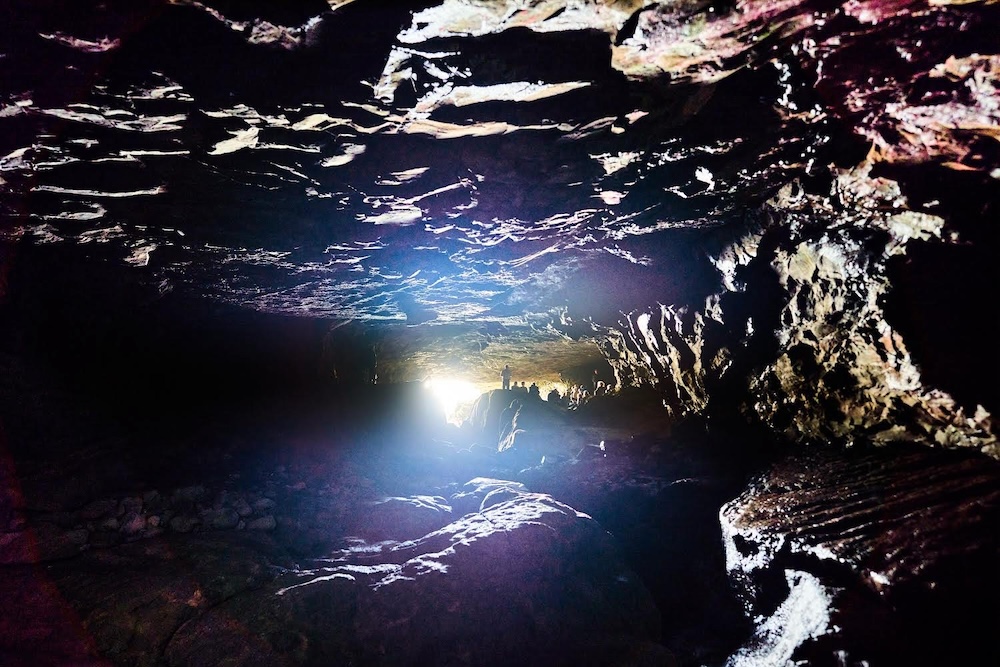
It’s incredible to think that such a small population of around 50,000 has such a progressive approach to music composition.
I must admit that when embarking on my journey to the Faroe Islands, I knew very little about this small, secluded archipelago in the Northern Atlantic Ocean. I was here for the World New Music Days Festival, and when my host, the local musician Lasse Jaeger, asked what I was expecting from this trip, I had to be honest and confess my ignorance. One thing I was certain of, however, especially being so close to the Arctic Circle, was that this would quite literally be the polar opposite of the standard festival experience any ‘regular’ punter, was used to.
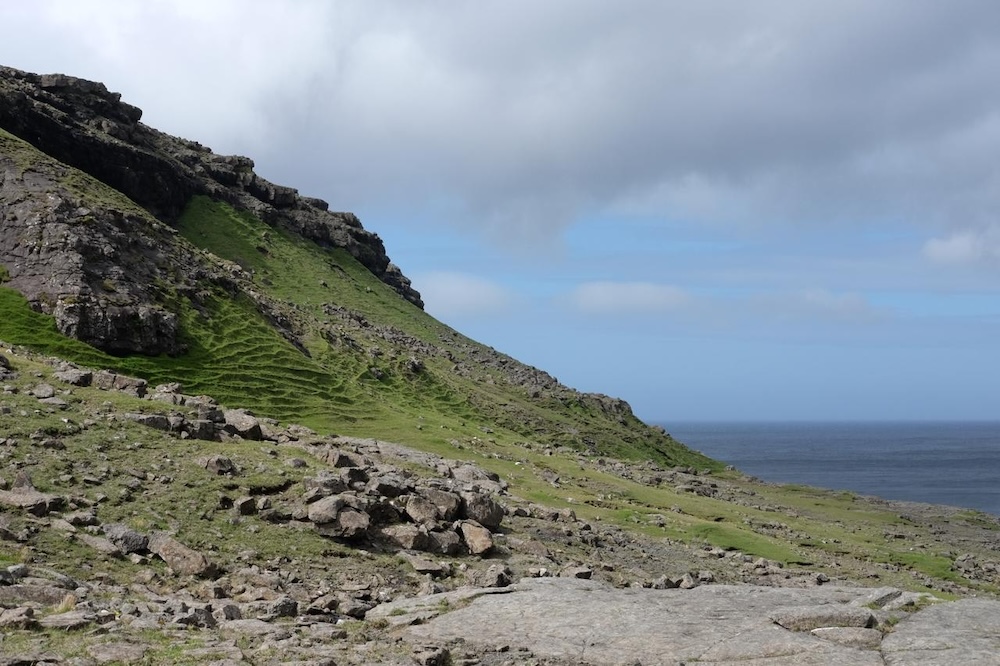
It was the 101st edition of this event, which is organised by the International Society for Contemporary Music and takes place in a different country each year. The aim is to showcase new music from the host nation, and in this case, the surrounding Nordic regions, while also providing a platform for international composers to come and perform. I was only there for two days, but Lasse had organised a busy programme of concerts, as well as talks and sound installations. Now that I have returned home to gather my thoughts and write this piece, I feel a slight remorse about previously being so unfamiliar with this place. It’s incredible to think that such a small population of around 50,000 has such a progressive approach to music composition.
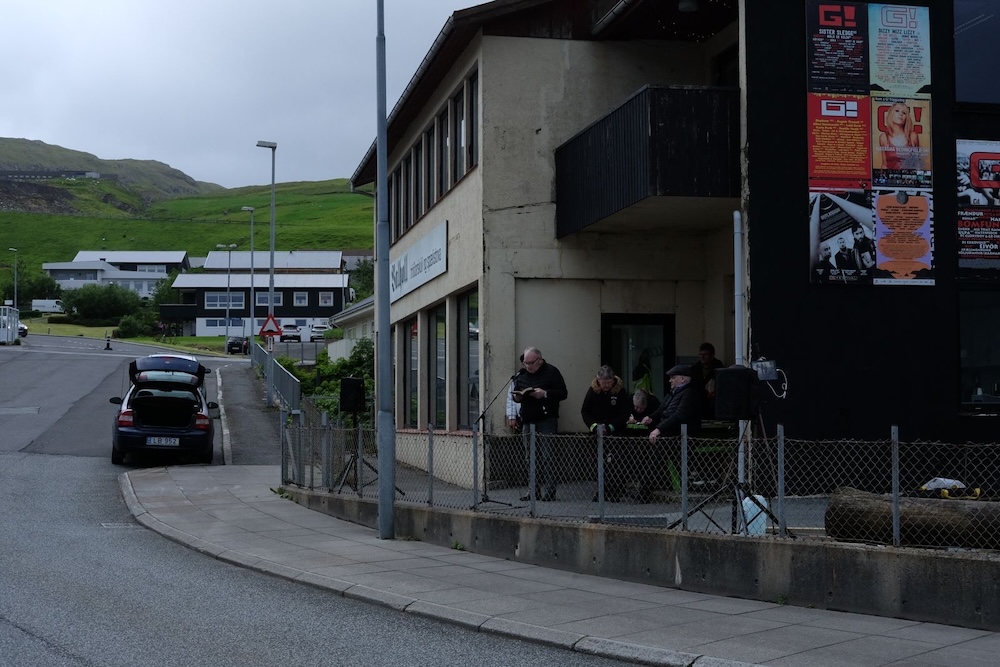
Their approach is underpinned by a deeply rooted urge to innovate and improvise. When discussing with delegates and organisers from the ISCM (who decide where the festival will take place each year) what it was about Faroese music that enticed them, they attributed it to these factors, along with the strong desire to push the boundaries of what their instruments can achieve. It was clear from the few concerts I attended just how advanced and unique this music can be; performers would often indulge in long solos, utilising all parts of their instruments with unorthodox techniques.
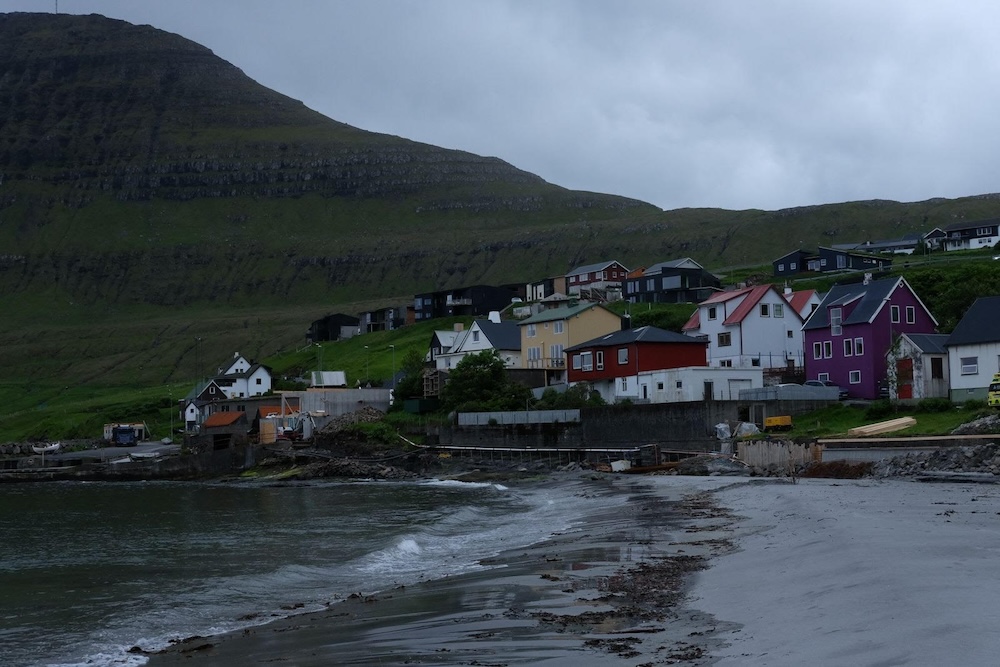
I was fortunate enough to meet Sunleif Rasmussen, one of the leading composers from the islands. A few orchestral pieces from his expansive catalogue were performed at the Nordic House, one of the primary concert venues for the festival. After the concert had finished, we discussed the incentives for this constant strive for innovation. Christianity has been very prominent across the islands, but being so secluded, the church choirs didn’t have access to organs and other instruments until more recently. This encouraged the singers to be more creative about how they used their voices. Also, music was never physically documented, so it was mainly passed on via word of mouth as with much folklore. This undoubtedly meant that it was never confined to the restrictions associated with written music, broadening the scope of what could be achieved, and encouraging experimentation. It wasn’t until the 1980s that Sunleif, along with a few other composers, started to write and document what was being created.
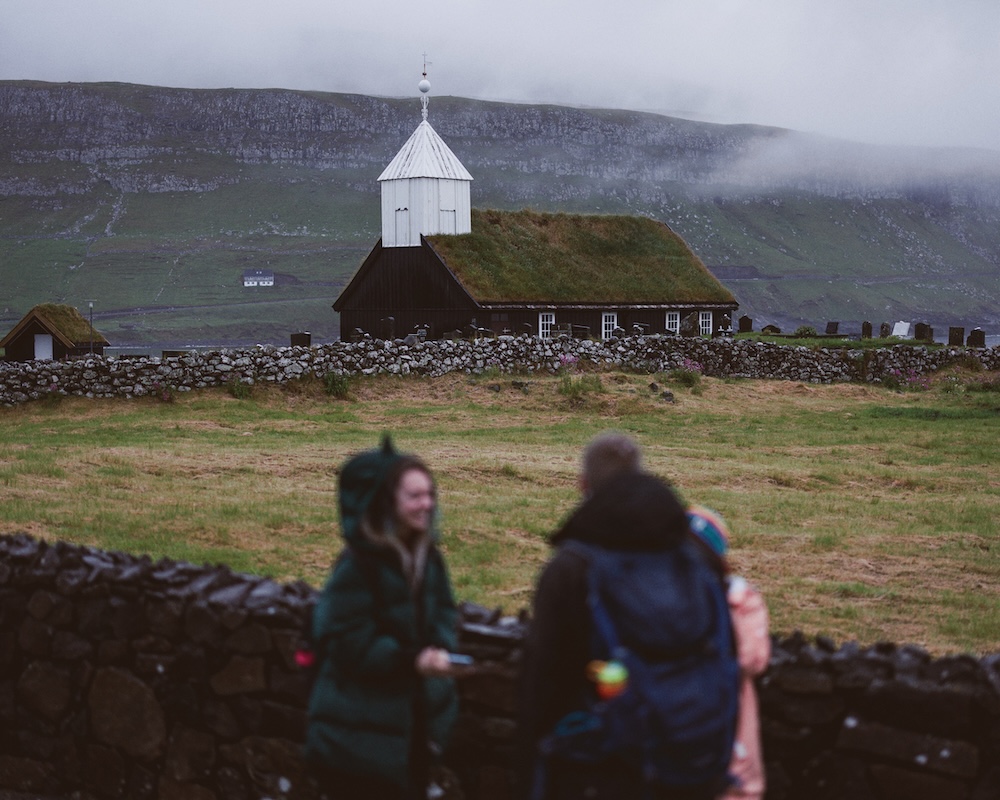
One of these other composers was Kristian Blak, founder of TUTL, the record label and store based in the capital, Torshavn. TUTL provides a hub for enthusiasts and has been responsible for launching the careers of many local musicians, including Lasse, who has released a brilliant Faroese Footwork LP under his alias Supervisjon. When browsing through the offerings, I stumbled across an unfamiliar genre: grotto music. This is one of Kristian’s own inventions and is not only unique to the Faroe Islands but specifically associated with a few particular caves that happen to have the perfect acoustic properties for recording and performing music. They used to have regular concerts in these caves, which are only accessible by boat, but due to unforgiving weather conditions and difficult logistics, they are becoming less common, so unfortunately, I was unable to bear witness to one. I was, however, lucky enough to talk with Kristian and a few others who have been involved in them. He described the caves as the perfect environment for musicians to improvise and express their musical potential, in a similar way that large cathedrals or concert halls do. The acoustics would cause particular notes to hang, allowing soloists to play over themselves, enabling them to create multiple layers to their performances. Waves hitting the rocks and other natural sounds were welcomed and included; the caves essentially became musical instruments. This undoubtedly creates a completely unique aural experience that cannot be recreated anywhere else, although many concerts have been recorded and are available for listening. One example is the 1998 album titled *Klæmint* by Kristian Blak.
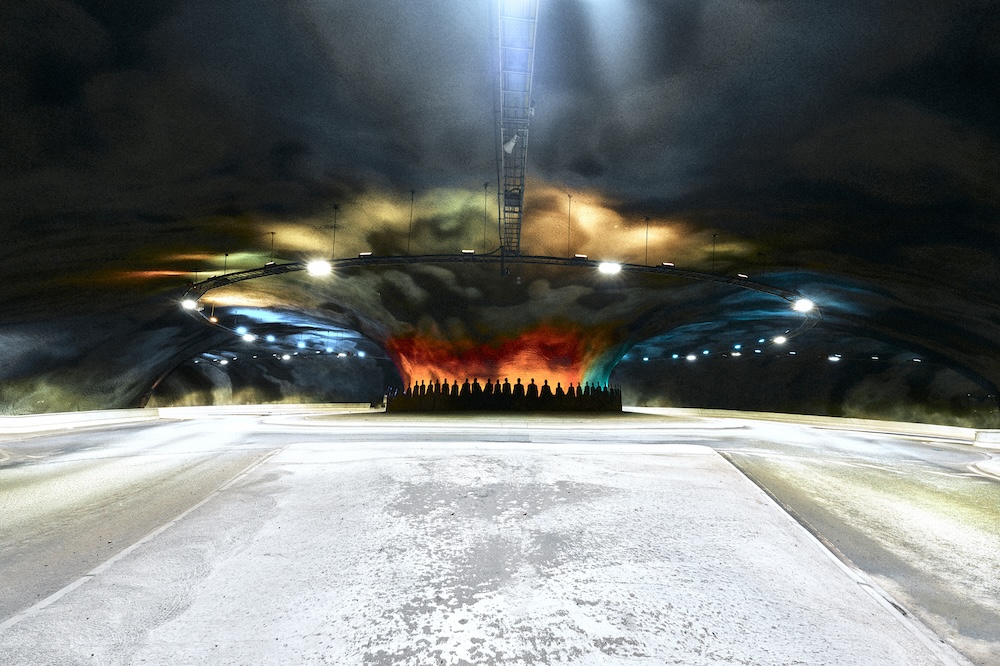
There seems to be a general fascination with the underworld on the islands; many of them are connected by a network of sub-sea tunnels, some of which have had music composed specifically for them. One morning, we were met by Jens L. Thomsen, a composer who has written a piece for the Eysturoy Tunnel, one of the longest and has a roundabout in the middle of it. As we drove into the tunnel, he tuned into a certain frequency that was playing his piece, named “ÆÐR,” on loop. It lasts for eight minutes, the same amount of time it takes to drive through the tunnel at the speed limit, and when driving at this speed, the tempo synchronises with the lights moving past. It utilises recordings from the drilling of the tunnel and naturally integrates radio interferences, complementing what can be quite a disorientating journey through this subterranean portal. These cavernous tunnels are a big contributor to the mysterious atmosphere surrounding the islands, and bespoke compositions like this provide them with the perfect soundtrack; “giving the tunnel a voice,” as Jens describes.
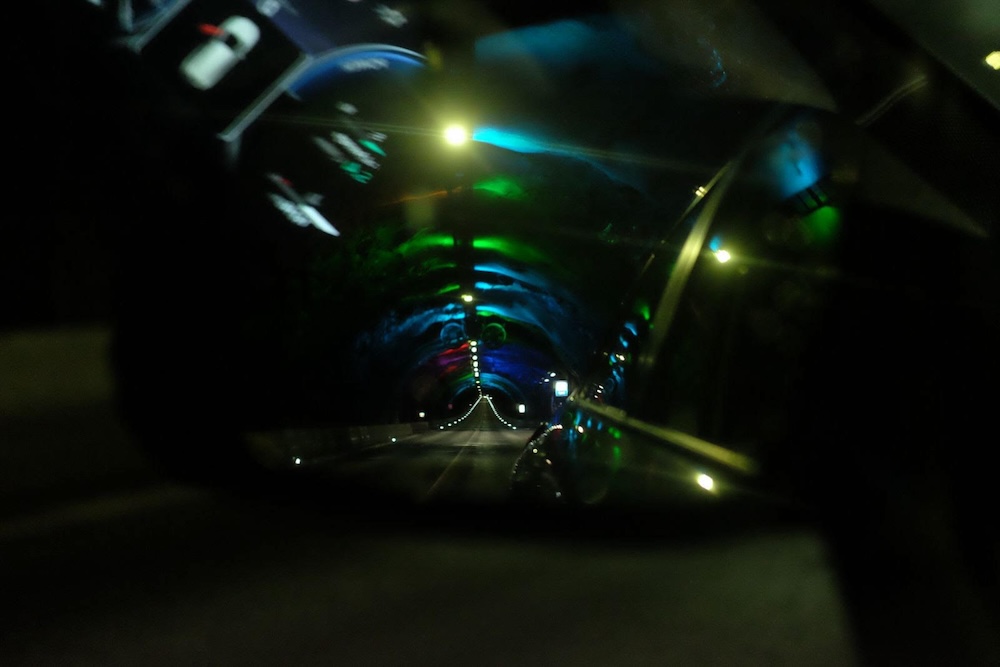
Space and setting certainly play a major influence on Faroese music, above ground as well as below. The landscapes are stunning, but harsh and desolate. Massive fjords are surrounded by jagged basalt rocks carved out by glaciers. Cascading waterfalls are constantly topped up by the wet, stormy climate. When the fog occasionally lifts, every direction you look is a breathtaking view. It’s hard to believe anyone surrounded by this spectacular topography would fail to be inspired by it. However, its hostility makes it hard to appreciate, especially in the long dark winters. The communities are, by necessity, strong and tight. Everyone knows each other, and they have regular gatherings where music has, and always will be, a focal point. Strong winds constantly batter the landscape, preventing much from growing. The grass is green, but few other plants can survive. However, in the towns, small patches of sheltered land have been cultivated into botanical gardens. These sanctuaries offer a tranquil alternative to the harsh wilderness and were a perfect venue for some of the sound installations initiated by the festival. A performance by horn duo Andras Olsen and Johan Hentze resonated through the gardens one afternoon, and sound sculptures by Stéphanie Laforce and Rosali Grankull all presented various ways in which sound and music can harmonise with the surrounding space.
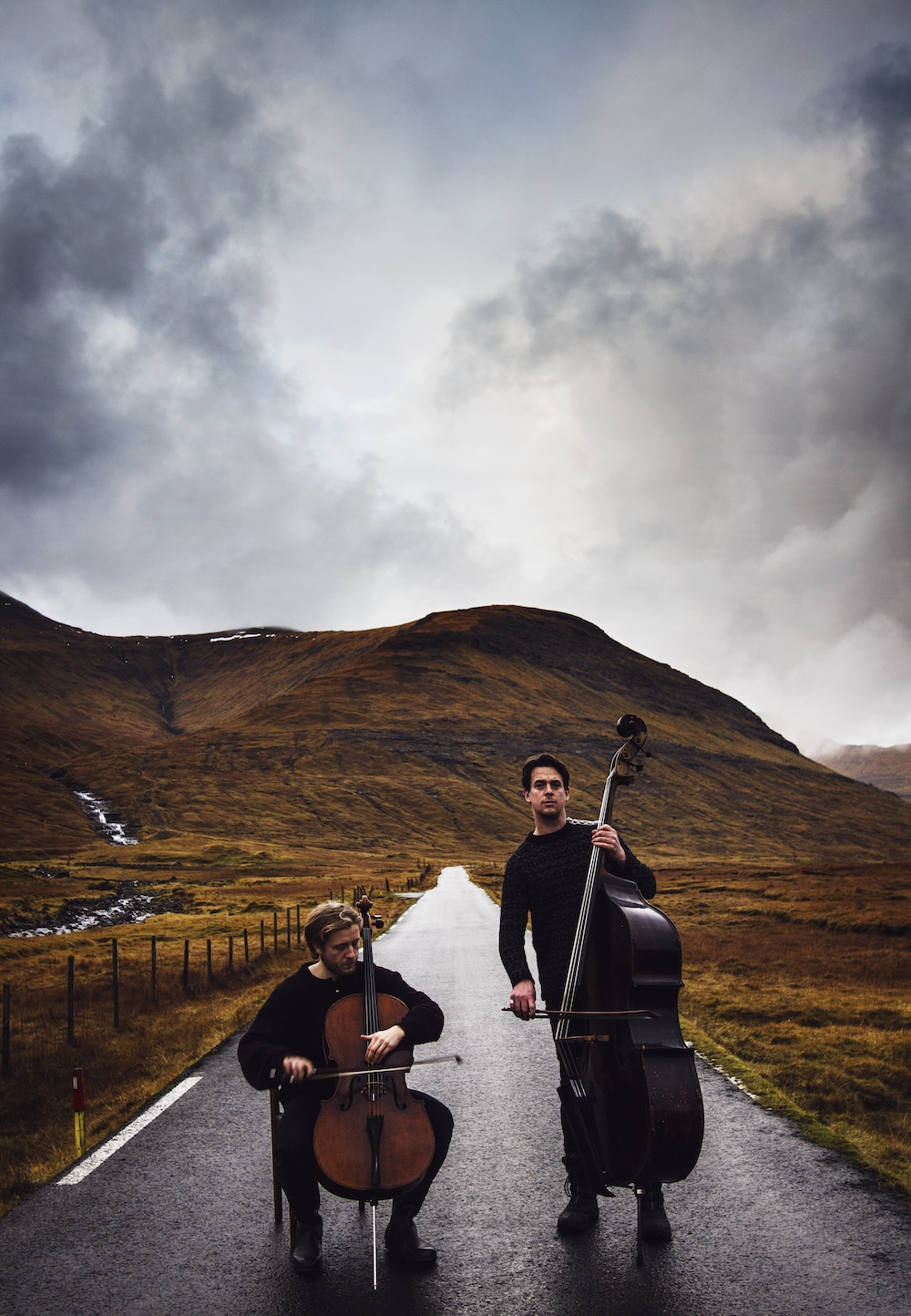
My visit was just after the summer solstice, so I was able to make the most of the endless daylight and explore some of the more remote parts of the island after the concerts. One evening, I stumbled across a small fishing village where a group of elderly people seemed to be performing some kind of ceremony. They had a microphone set up, with speakers pointing out to sea, speaking in Faroese. We obviously couldn’t understand, but it seemed like they were saying some sort of prayer or blessing to the ocean. What we were witnessing felt like a demonstration of the deep spiritual connection the locals have with their environment, especially the ocean being the main provider of food. This connection is echoed in the music; many compositions are named after, and created directly in response to, particular places and features of the landscape. Grotto music is a prime example of this and, to me, perfectly summarises the Faroese sentiment; taking treacherous steps into the unknown in pursuit of melodic curiosity. As well as grotto music, Kristian Blak has made site-specific music in many other situations; for example, his 2003 album *Ú Hóminum* is composed using the contours of mountains on the horizon. This act of using the landscape as an instrument displays the very humble notion of surrendering control to your environment. This resonates not just in the music, but in the general culture and attitude on the Faroe Islands, making it a truly fascinating place to visit.
Trip made possible by Atlantic Airways. For more info on the Faroe Islands visit visitfaroeislands.com. Atlantic Airways starts flying directly to the Faroe Islands from Gatwick this summer.
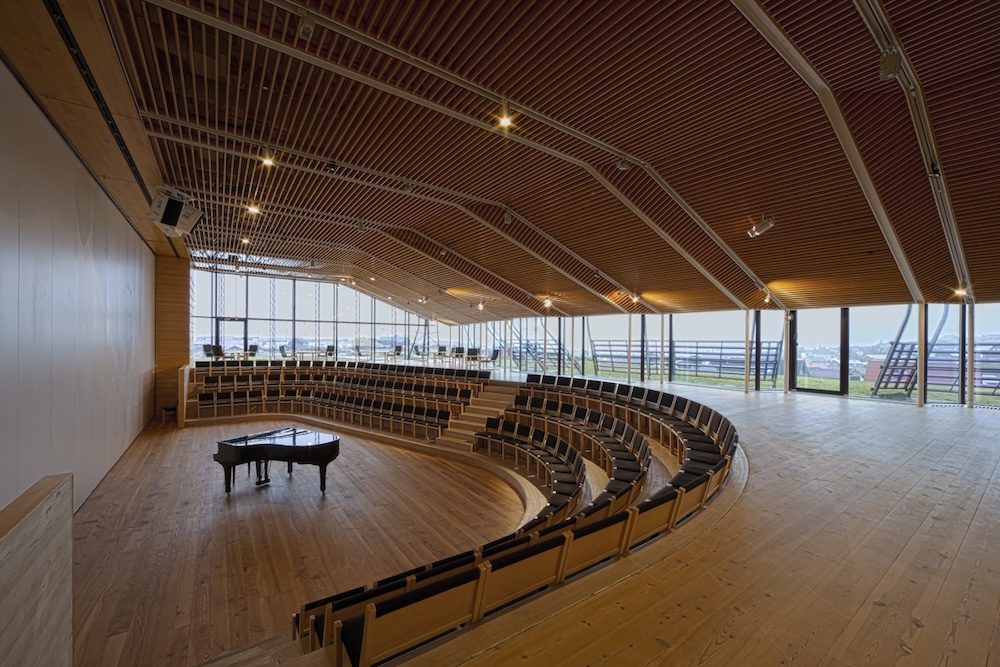


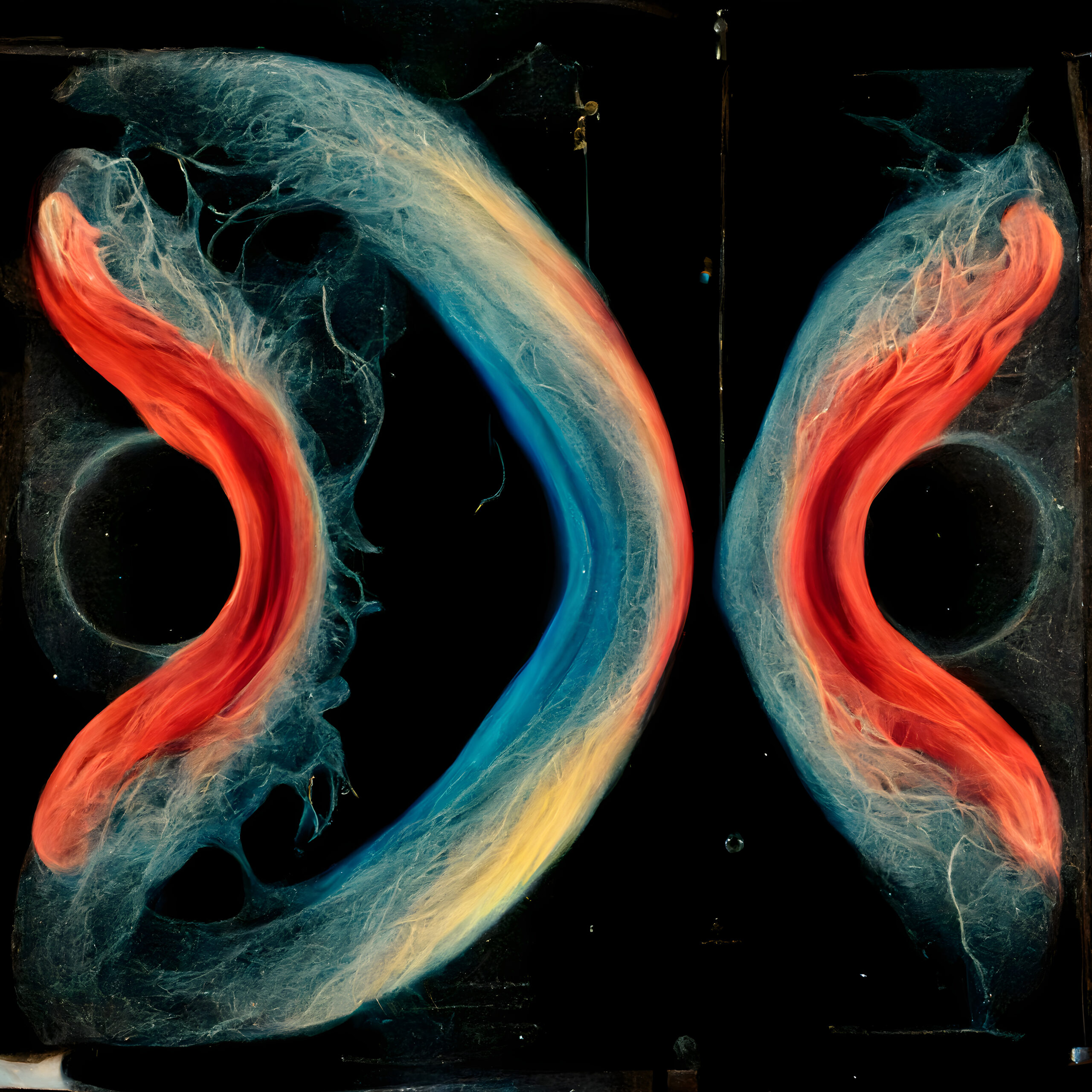
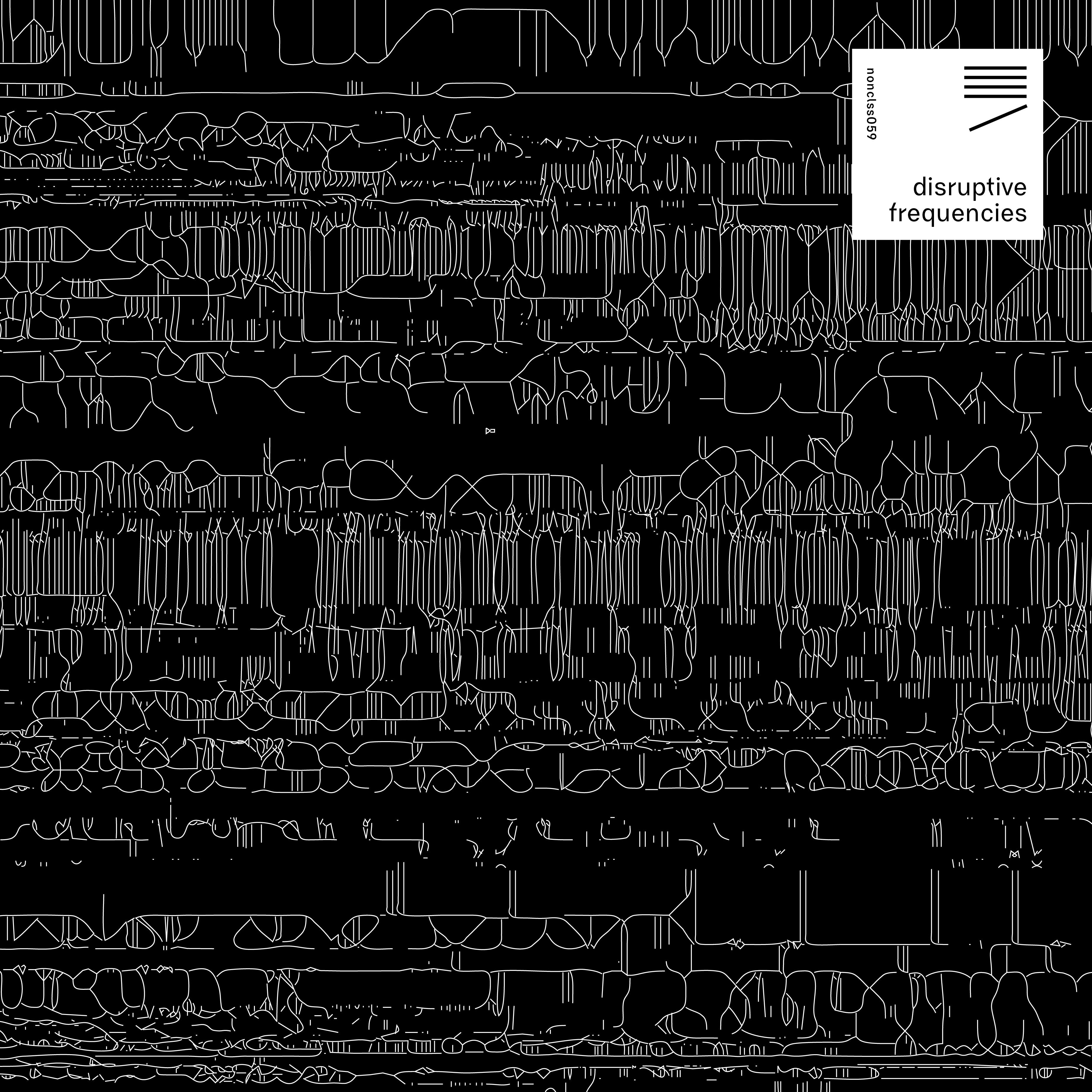
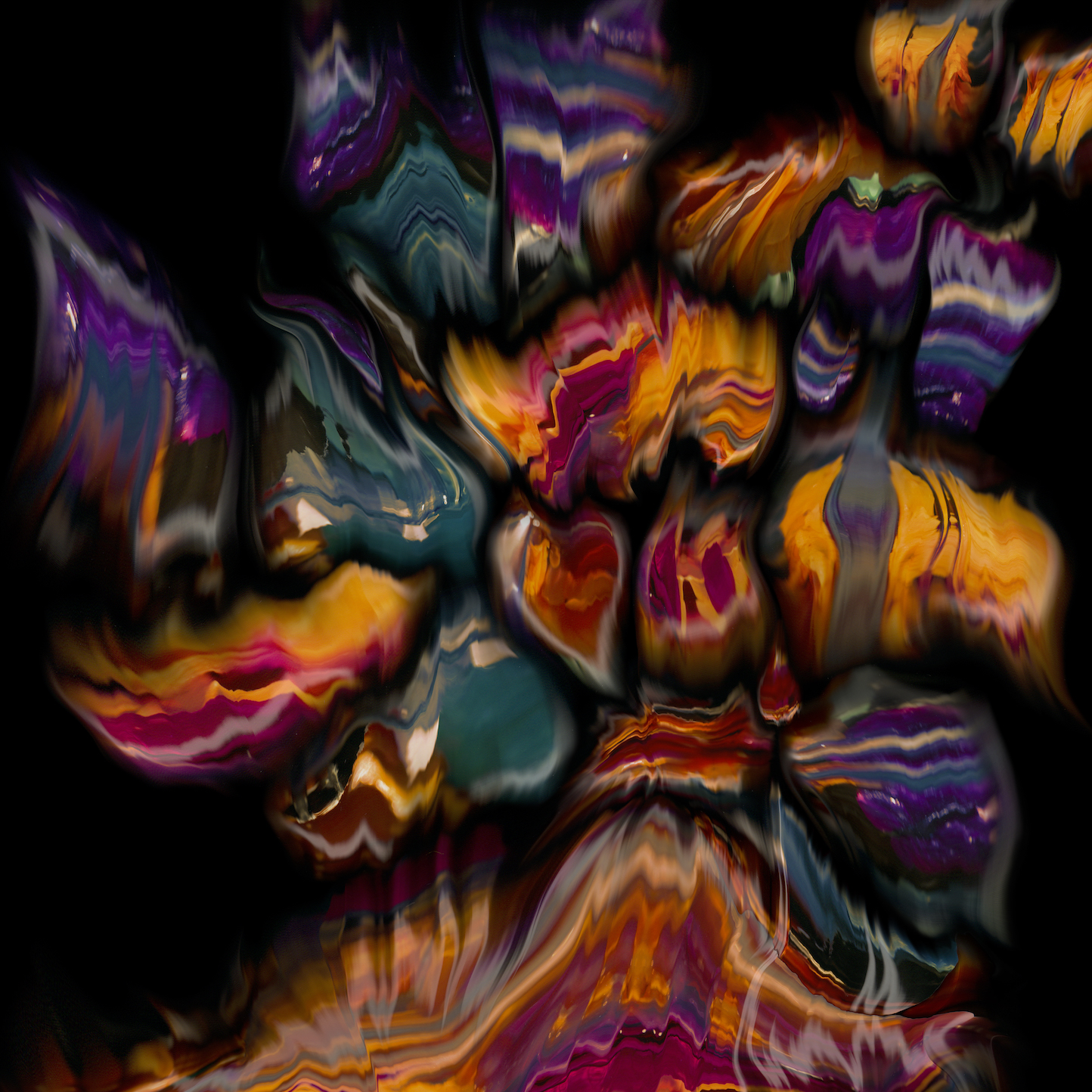










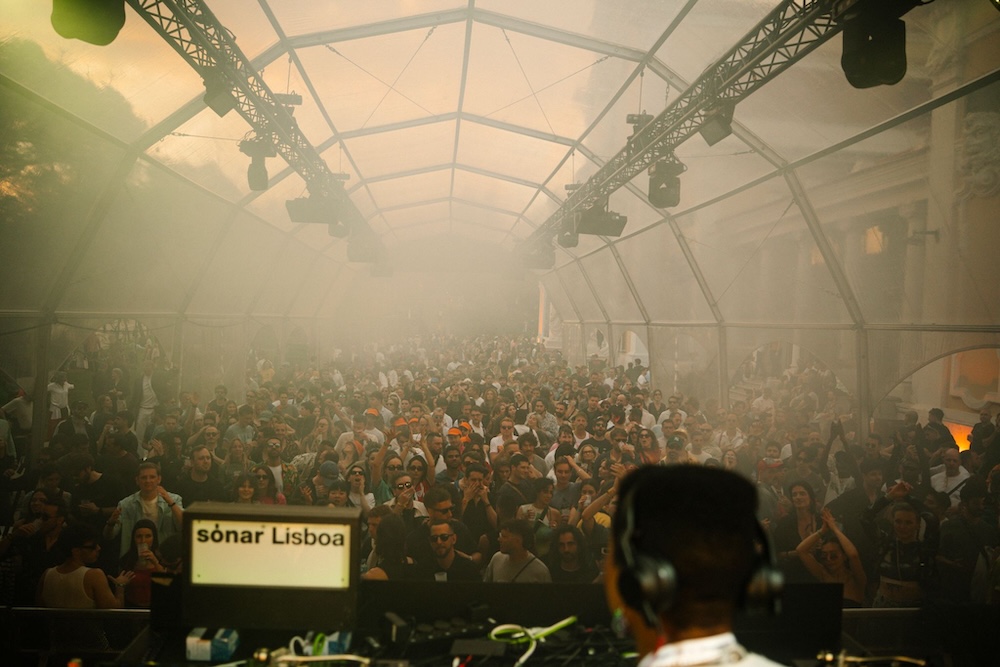
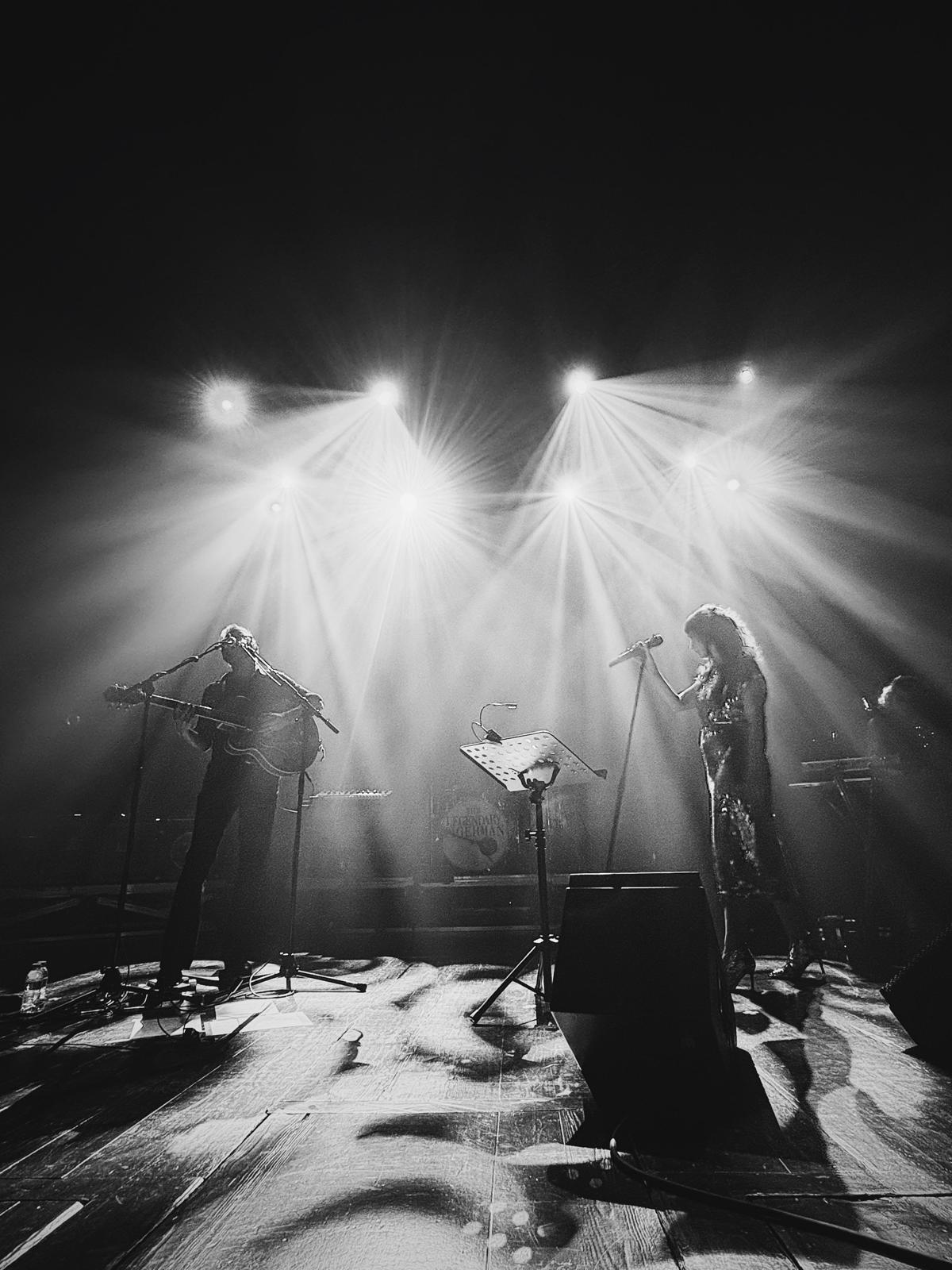




Must Reads
David Holmes – Humanity As An Act Of Resistance in three chapters
As a nation, the Irish have always had a profound relationship with the people of Palestine
Rotterdam – A City which Bounces Back
The Dutch city is in a state of constant revival
Going Remote.
Home swapping as a lifestyle choice
Trending track
Vels d’Èter
Glass Isle
Shop NowDreaming
Timothy Clerkin
Shop Now